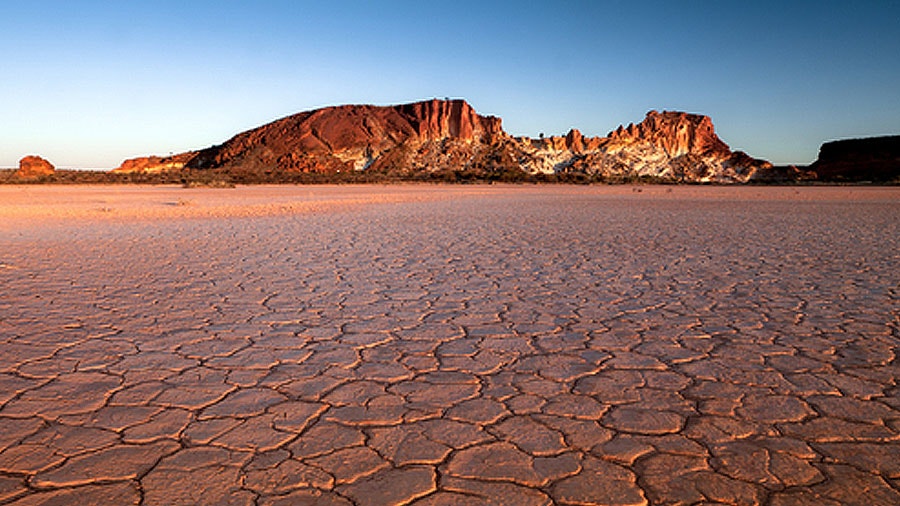The Outback covers most of Australia.
Most people think that the Outback is arid, but it receives a fair amount of rain (averaging 200 to 250mm per year).
Temperatures in the central deserts can reach 50 degrees in the summer, but plunge to as c-c-c-cold as minus 10 in winter.
More than 90% of the Australian population live in urban areas on the coastal fringes – the Outback is therefore mostly uninhabited.
The Outback is also known as the 'Never-Never', 'back of beyond' or 'back o’Burke'.
The longest stretch of a straight railway track croses the Nullarbor Plain in the Outback for almost 500km. Just south of here is the longest straight stretch of road at 140km!
Although most people think that there is real danger of snakes and spiders in the Outback, it’s over-exaggerated. In fact, Australia's most deadly spider (the funnelweb) is found in Sydney.
The Outback has the only known fossilised dinosaur stampede in the world! Thousands of footprints are preserved in mudstone near Lark Quarry, 110km south of Winton.
The Outback doesn’t have a specific size or location – it’s just a term that is used to describe any sparsely populated areas of our country.
Due to its low humidity and the lack of light pollution, the Outback is one of the best places in the world for stargazing. In fact, astronomers can enjoy uninterrupted views of constellations, planets and up to 5,500 stars!
The longest fence in the world is the 5531km dingo fence that runs from South Australia through NSW to Queensland.
The largest employment sectors in the Australian Outback are the mining industry, agriculture and tourism.
The Outback is the only place where Australian Aborigines still live in a completely traditional way.
Anna Creek station near William Creek (where Chris visited in his Outback mail run trip) is the largest cattle station in the world – it’s actually about the same size as Belgium!





























